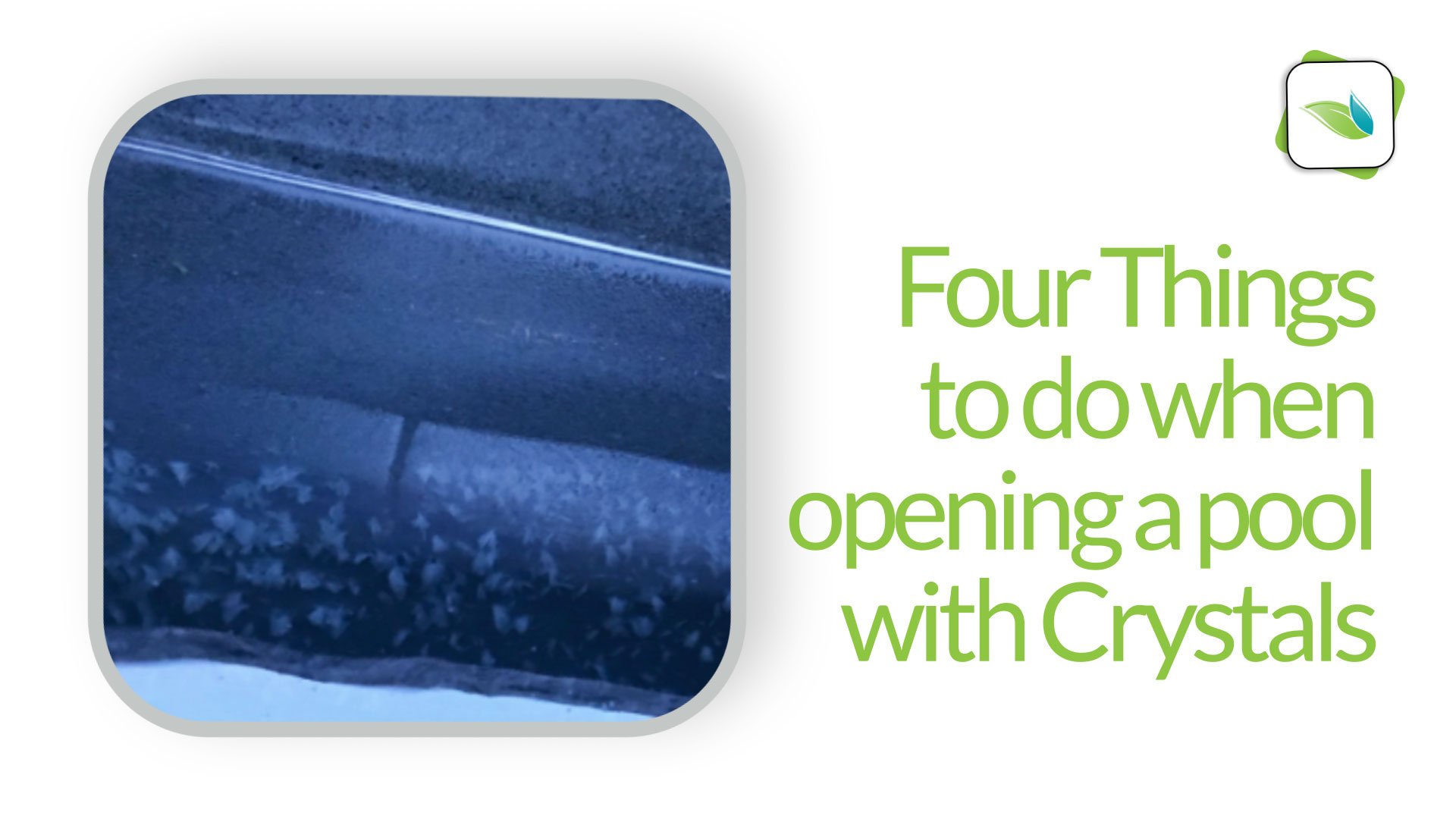Hi,
I had new plaster installed (polished stones capes, on the expensive side). Its very smooth. Maintained water chemistry perfect. Closed with CH around 310, TA 100, PH7.6, CYA 30. At opening CYA not registering, CH320-330, TA 100. PH was 7.6, I brought it down to 7.4.
Its a non-SWG pool. After opening, only jacuzzi section got a lot of calcium build up and rough like sand to the touch. Both sections are connected, so water always exchanged between the two. Pool is in perfect shape. How can one section of the pool get calcium deposits, maybe because Jacuzi has less water and more surface area?
Anyway, I drained the spa, and spent entire day polishing it with orbital sand paper and little acid washing in some parts. Looks like new and smooth now.
Questions:
1. Why did this happen in Jacuzzi only
2. How to prevent this in future, should I add some scale preventing chemical in jacuzzi for winter closing?
I had new plaster installed (polished stones capes, on the expensive side). Its very smooth. Maintained water chemistry perfect. Closed with CH around 310, TA 100, PH7.6, CYA 30. At opening CYA not registering, CH320-330, TA 100. PH was 7.6, I brought it down to 7.4.
Its a non-SWG pool. After opening, only jacuzzi section got a lot of calcium build up and rough like sand to the touch. Both sections are connected, so water always exchanged between the two. Pool is in perfect shape. How can one section of the pool get calcium deposits, maybe because Jacuzi has less water and more surface area?
Anyway, I drained the spa, and spent entire day polishing it with orbital sand paper and little acid washing in some parts. Looks like new and smooth now.
Questions:
1. Why did this happen in Jacuzzi only
2. How to prevent this in future, should I add some scale preventing chemical in jacuzzi for winter closing?



.png)
